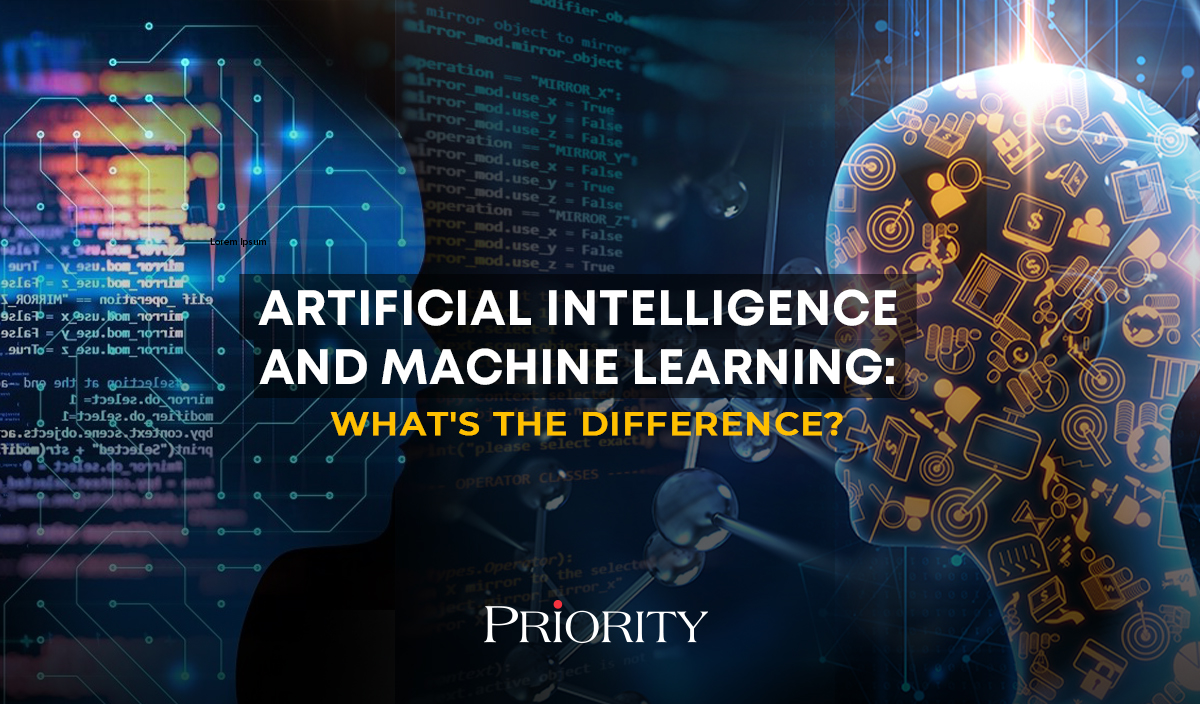Society is increasingly powered by intelligent machines and robots while other digital technologies are reshaping how businesses and entire industries operate. The futuristic worlds depicted in the movies are becoming reality. [machine learning]
Artificial intelligence (AI) and machine learning (ML) are common buzzwords used to describe the technologies powering these changes. In previous posts, we have shared news about how AI is evolving for good and evil, and even how it can be applied in the public relations field. But, how many of us really know how AI and ML work and what differentiates them?
As digital-native enterprises in Southeast Asia embrace AI to automate processes and improve productivity across industries including financial services, transport, and retail, it is important to understand the contributions that intelligent systems are really making. This is particularly important as debates continue about whether AI will eliminate jobs and other misconceptions. In this post, we offer a simple breakdown of what AI and ML are to clarify their respective and increasing roles in businesses.
Artificial intelligence = greater efficiencies
The terms are often incorrectly used interchangeably, yet there is so much more to both technologies.
AI broadly refers to the programming of systems to perform cognitive human tasks including decision-making, speech recognition and translation. Companies have generally deployed this technology through bots and applications that are programmed to deliver specific information such as the status of an order, the weather forecast, or the location of the nearest coffee shop. The benefits of infusing AI with automation for these enterprises are a reduction in the time it takes to complete tasks that were the responsibility of humans and improved customer service.
In the healthcare sector for example, BioMind, created by Singapore-based company Hanalytics and Beijing Tiantan Hospital, collaborated to use AI to diagnose a brain tumour in neurological illnesses. The startling results garnered headlines around the world as the machine delivered with over 30% more accuracy than a team of highly experienced and specialised doctors and in a fraction of the time. Since then, other companies have emerged in the region applying AI to help diagnose other illnesses.
Machine learning makes smarter machines:
Within this vast discipline of computer science is the expanding area of ML. A subset of artificial intelligence, systems find patterns in massive amounts of data and make predictions based upon it. The key difference, ZDNet notes is that human developers do not write code instructing the machine to make decisions. ML algorithms learn from data to improve the accuracy of its predictions and can modify itself based on data in real-time scenarios. When Netflix, Viu and iflix recommend shows we might be interested in watching, Google fills in a suggested search as we are typing it in, or voice assistants evolve to understand our manner of speaking, machine learning is at work.
Insurers such as Prudential Singapore and Ping An have incorporated ML into their operations to assess claims and identify instances of fraud faster, while OCBC Bank has adopted solutions that learn from customers’ purchasing behaviours and interactions in order to tailor products and service offerings.
Deeper learning, better predictive ability:
Within ML, capabilities are expanding to include deep learning algorithms inspired by how the human brain works, using neural networks that work together to process unsupervised data and make better predictions. Its incorporation into applications have begun to touch every aspect of our lives. Deep learning algorithms are powering solutions that we see in digital assistants like Siri and Alexa to enable advanced speech recognition and natural language processing. Start-ups like CashShield are utilising deep learning algorithms to help companies manage fraud risk by leveraging biometric data and pattern recognition without the need for dedicated data science specialists. Companies in Southeast Asia are also creating solutions using deep learning algorithms to aid in surveillance and image recognition. Learn more about how deep learning works here.
Understanding the distinct ways that AI and ML contribute to our world can help more people see how advanced technologies can be implemented in the enterprise and the ways that it can complement humans in the workplace. As this technology is adopted more widely, AI will simplify everyday activities like making purchases or paying bills and enhance our experiences conducting these tasks. The expanding fields of ML and deep learning have the power to be truly transformative paving the way for the autonomous future we envision with self-driving cars and the bots that will deliver the personalised services we expect as consumers without human intervention.
Priority Consultants is here to help make complex topics comprehensible for your target audience. Learn more about our Content Generation services and contact our team here.

